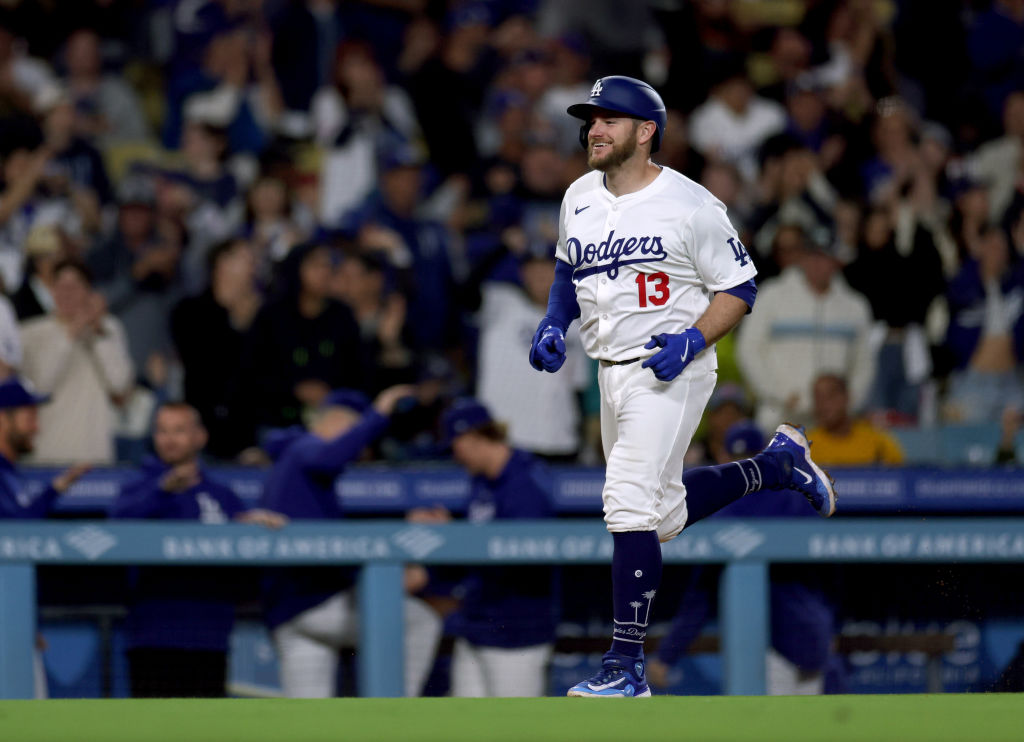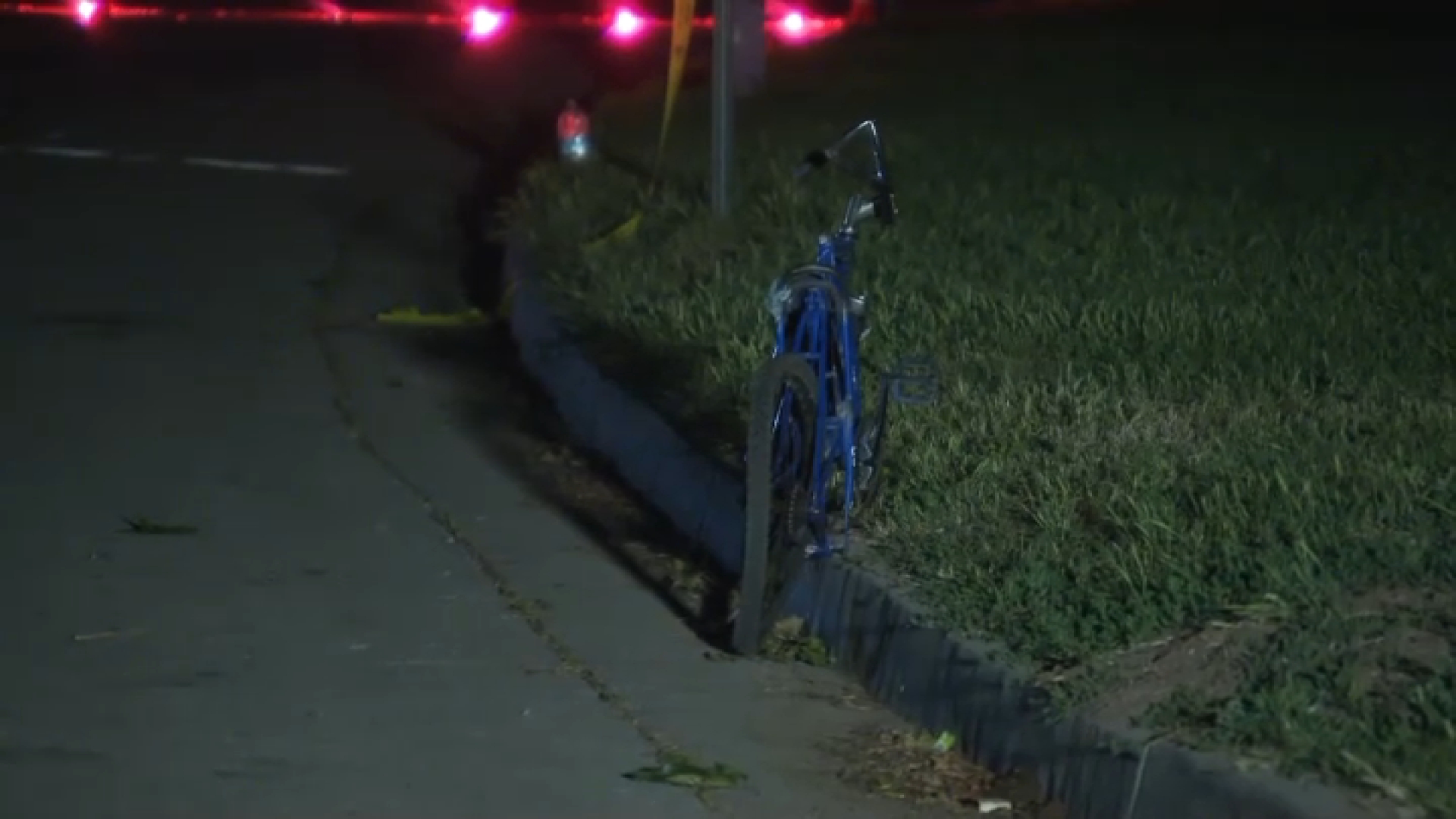As law enforcement entered City Hall Park to clear the Occupy Los Angeles camp last Tuesday, most protesters either willingly left or peacefully submitted to arrest.
Their actions were in accordance with lessons Michele Milner taught occupiers during their two-month park inhabitancy. The former public interest lawyer turned teacher taught a History and Strategy of Non-Violence class at Occupy L.A.'s People’s Collective University.
Milner’s interest in nonviolent teaching was piqued after she became a fellow at Cal Poly Pomona’s Ahimsa Center. While there, the Mount Washington resident studied and taught the methods of Mahatma Gandhi and nonviolence.
Milner, 45, is currently studying under civil rights leader James Lawson. She is a graduate of U.C. Riverside and received her law degree from the University of Southern California.
Milner recently talked to NBC LA about nonviolent protest methods and her involvement in Occupy L.A.
Q. What prompted your work with Occupy L.A.?
A. I have been witnessing, over the years, so many injustices as a lawyer working at nonprofit agencies. Then in the field of education – the way resources are distributed. I have been feeling and observing what is going on in our society and I wanted to go down to Occupy L.A. to see what they were doing. Then I figured out what my interests are and how I could contribute to the movement and I made that happen.
Local
Get Los Angeles's latest local news on crime, entertainment, weather, schools, COVID, cost of living and more. Here's your go-to source for today's LA news.
Q. When did you first become interested in nonviolent teaching?
A. I had always admired Gandhi from afar and I heard over the radio about this fellowship at the Ahimsa Center. I was very curious about how [Gandhi's methods] were effective in India and how it could be effective in America. The Occupy movement allowed me to take theory into practice. I’ve always tried to be a nonviolent person, so it resonated with me personally.
Q. What do you teach in your class?
A. First, we look at historically how nonviolence works. I focus on Gandhi, and then move into the civil rights movement. Then we look at an overall theme and the methodology of nonviolence. Nonviolence is a methodology for creating change. It has some premises: people actually hold the power within our system and we have to figure out how to harness and use that power in favor of society. The way that is achieved is through numbers, nonviolent protest and persuasion.
Q. What do students most want to learn in your class?
A. A lot of the students ask how to be nonviolent in the face of volatile situations. Students are also very interested in the theory of nonviolence and how it works in a strategy.
Q. Do you believe demonstrators conducted themselves well during the police raid on Nov. 29?
A. Absolutely. Because of the structure of the movement, many people can sometimes be doing things in parallel. So while I’m teaching these nonviolent classes, others are teaching nonviolent practices.
Q. What do you see down the pipeline for those involved in the movement?
A. We’ll probably have to take a moment to catch our breath and reflect upon what the encampment meant. We’ll have to have a lot of conversation about what we see as the real issues that need to be looked into and confronted. Then we have to create action plans to address those issues. I feel like we are taking a collective breath.
Q. What has the movement meant to you?
A. The movement for me has been hopeful and inspirational. It is wonderful to see so many people from different backgrounds coming together. I believe that we’re a ‘beloved community.’ That term comes from the civil rights movement. “The Children” by David Halberstam defined it as, “a place where the barriers between people gradually come down and where citizenry makes a constant effort to address even the more difficult problems of ordinary people.”
Watch excerpts of Milner in her element, teaching a nonviolent strategy group before police shut down City Hall Park, below.
Follow NBCLA for the latest LA news, events and entertainment: Twitter: @NBCLA // Facebook: NBCLA



